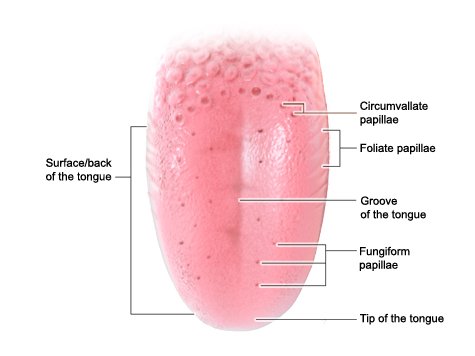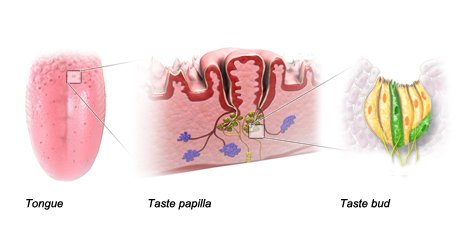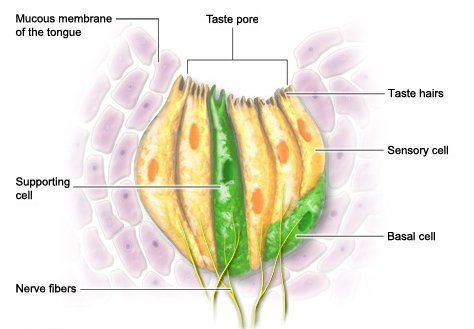What is the tongue?
The tongue is an extremely movable group of muscles, which is well-supplied with blood and has many nerves. It has an oblong shape and is covered with a dense layer of connective tissue. Above this layer, a special kind of mucous membrane makes up the surface of the tongue. The root of the tongue is firmly anchored to the floor of the mouth. The other parts of the tongue can move freely. A strip of tissue called the lingual frenulum connects the underside of the tongue to the floor of the mouth. When you close your mouth, the tongue almost fills up the entire cavity of your mouth. Various muscles keep the tongue “suspended” in the throat: Muscles and ligaments connect the tongue to the hyoid bone (or lingual bone) in the upper part of the throat and to the voice box. The lingual frenulum connects the tongue to the lower jaw. Some muscles even connect the tongue to the base of the skull.



